31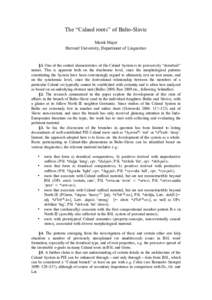 | Add to Reading ListSource URL: fachtagung-ig2016.univie.ac.atLanguage: English - Date: 2016-06-23 08:38:12
|
|---|
32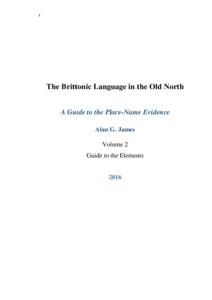 | Add to Reading ListSource URL: www.spns.org.ukLanguage: English - Date: 2016-03-15 18:32:23
|
|---|
33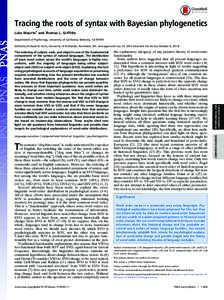 | Add to Reading ListSource URL: cocosci.berkeley.eduLanguage: English - Date: 2014-09-15 17:39:25
|
|---|
34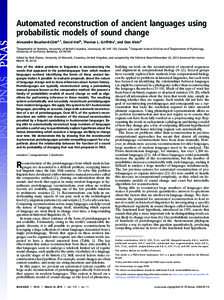 | Add to Reading ListSource URL: cocosci.berkeley.eduLanguage: English - Date: 2015-10-08 17:15:45
|
|---|
35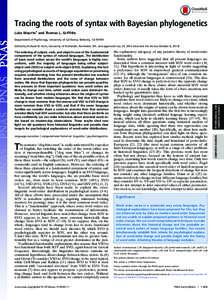 | Add to Reading ListSource URL: www.luke.maurits.id.auLanguage: English - Date: 2016-04-23 00:08:19
|
|---|
36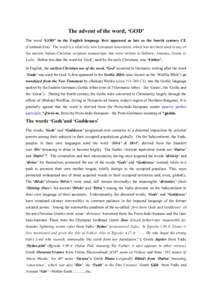 | Add to Reading ListSource URL: avesta.orgLanguage: English - Date: 2015-05-16 06:46:52
|
|---|
37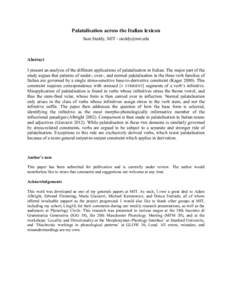 | Add to Reading ListSource URL: roa.rutgers.eduLanguage: English - Date: 2015-05-29 14:21:14
|
|---|
38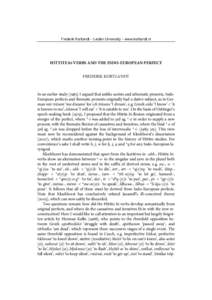 | Add to Reading ListSource URL: www.kortlandt.nlLanguage: English - Date: 2012-09-25 04:48:12
|
|---|
39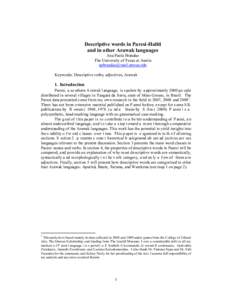 | Add to Reading ListSource URL: www.ailla.utexas.orgLanguage: English - Date: 2010-06-08 14:37:50
|
|---|
40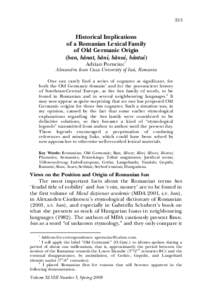 | Add to Reading ListSource URL: www.mankindquarterly.orgLanguage: English - Date: 2015-03-23 13:34:37
|
|---|